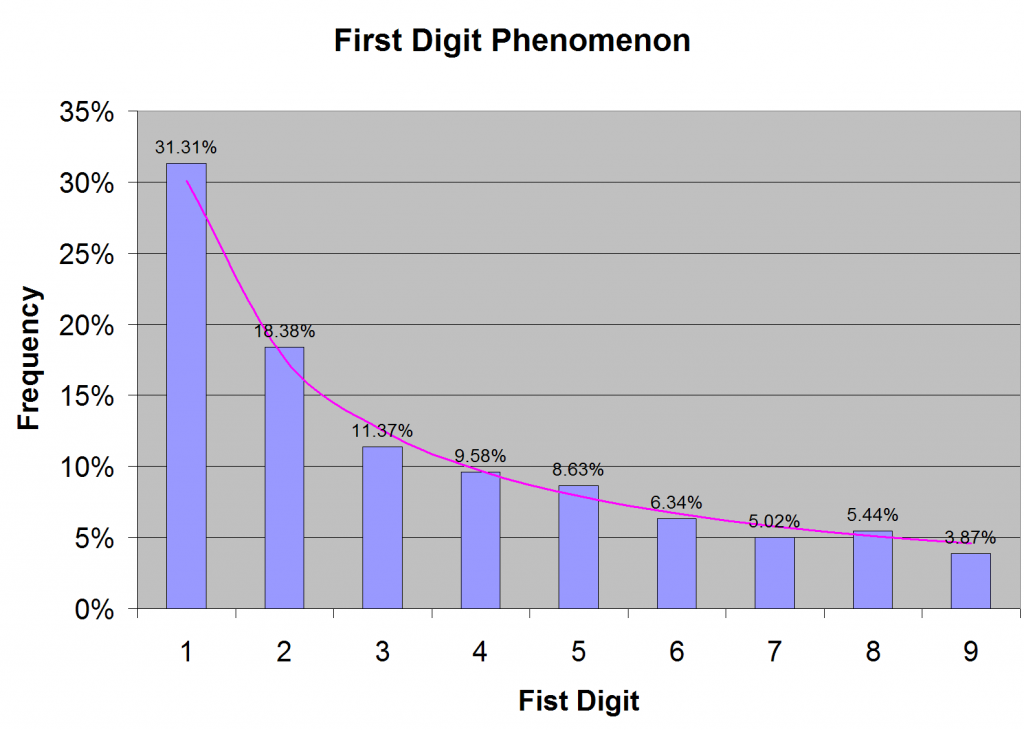The trouble with quants is that it is hard to keep them anchored to their moorings. Their talent is in high demand for a variety of reasons. The primary reason is the increasing sophistication of the banking clients, who demand increasingly more structured products with specific hedging and speculative motives. Servicing their demand calls for a small army of quants supporting the trading desks and systems.
Since structured products are a major profit engine on the trading floor of most banks, this demand represents a strong pull factor for quants from competing institutions. There is nothing much most financial institutions can do about this pull factor, except to pull them back in with offers they can’t refuse.
But we can try to eliminate the push factors that are hard to identify. These push factors are often hidden in the culture, ethics and the way things get done in institutions. They are, therefore, specific to the geographical location and the social settings where the banks operate.
Performance Appraisal — Who Needs It?
Performance appraisal is a tool for talent retention, if used wisely. But, if misused, it can become a push factor. Are there alternatives that will aid in retaining and promoting talent?
As it stands now, we go through this ordeal of performance appraisal at least once every year. Our career progression, bonus and salary depend on it. So we spend sleepless nights agonizing over it.
In addition to the appraisal, we also get our “key performance indicators” or KPIs for next year. These are the commandments we have to live by for the rest of the year. The whole experience of it is so unpleasant that we say to ourselves that life as an employee sucks.
The bosses fare hardly better though. They have to worry about their own appraisals by bigger bosses. On top of that, they have to craft the KPI commandments for us as well — a job pretty darned difficult to delegate. In all likelihood, they say to themselves that their life as a boss sucks!
Given that nobody is thrilled about the performance appraisal exercise, why do we do it? Who needs it?
The objective behind performance appraisal is noble. It strives to reward good performance and punish poor shows — the old carrot and stick management paradigm. This objective is easily met in a small organization without the need for a formal appraisal process. Small business owners know who to keep and who to sack. But in a big corporate body with thousands of employees, how do you design a fair and consistent compensation scheme?
The solution, of course, is to pay a small fortune to consultants who design appraisal forms and define a uniform process — too uniform, perhaps. Such verbose forms and inflexible processes come with inherent problems. One problem is that the focus shifts from the original objective (carrot and stick) to fairness and consistency (one-size-fits-all). Mind you, most bosses know who to reward and who to admonish. But the HR department wants the bosses to follow a uniform process, thereby increasing everybody’s workload.
Another, more insidious problem with this consultancy driven approach is that it is necessarily geared towards mediocrity. When you design an appraisal process to cater to everybody, the best you can hope to achieve is to improve the average performance level by a bit. Following such a process, the CERN scientist who invented the World Wide Web would have fared badly, for he did not concentrate on his KPIs and wasted all his time thinking about file transfers!
CERN is a place that consistently produces Nobel laureates. How does it do it? Certainly not by following processes that are designed to make incremental improvements at the average level. The trick is to be a center for excellence which attracts geniuses.
Of course, it is not fair to compare an average bank with CERN. But we have to realize that the verbose forms, which focus on averages and promote mediocrity, are a poor tool for innovation management, especially when we are trying to retain and encourage excellence in quant talent.
A viable alternative to standardized and regimented appraisal processes is to align employee objectives with those of the institutions and leave performance and reward management to bosses. With some luck, this approach may retain fringe geniuses and promote innovation. At the very least, it will alleviate some employee anxiety and sleepless nights.
To Know or Not To Know
One peculiar push factor in the Asian context is the lack of respect for technical knowledge. Technical knowledge is not always a good thing in the modern Asian workplace. Unless you are careful, others will take advantage of your expertise and dump their responsibilities on you. You may not mind it as long as they respect your expertise. But, they often hog the credit for your work and present their ability to evade work as people management skills.
People management is better rewarded than technical expertise. This differentiation between experts and middle-level managers in terms of rewards is a local Asian phenomenon. Here, those who present the work seem to get the credit for it, regardless of who actually performs it. We live in a place and time where articulation is often mistaken for accomplishments.
In the West, technical knowledge is more readily recognized than smooth presentations. You don’t have to look beyond Bill Gates to appreciate the heights to which technical expertise can take you in the West. Of course, Gates is more than an expert; he is a leader of great vision as well.
Leaders are different from people managers. Leaders provide inspiration and direction. They are sorely needed in all organizations, big and small.
Unlike people mangers, quants and technical experts are smart cookies. They can easily see that if they want to be people managers, they can get started with a tie and a good haircut. If the pickings are rich, why wouldn’t they?
This Asian differentiation between quants and managers, therefore, makes for a strong push factor for some quants who find it worthwhile to hide their technical skills, get that haircut, grab that tie, and become a people manager. Of course, it comes down to your personal choice between fulfilment and satisfaction originating from technical authority on the one hand, and convenience and promotions arising from people skills on the other.
I wonder whether we have already made our choices, even in our personal lives. We find fathers who cannot get the hang of changing diapers household chores. Is it likely that men cannot figure out washing machines and microwaves although they can operate complicated machinery at work? We also find ladies who cannot balance their accounts and estimate their spending. Is it really a mathematical impairment, or a matter of convenience? At times, the lack of knowledge is as potent a weapon as its abundance.
How Much is Talent Worth?
Banks deal in money. Our profession in finance teaches us that we can put a dollar value to everything in life. Talent retention is no different. After taking care of as much of the push factors as we can, the next question is fairly simple: How much does it take to retain talent?
My city-state of Singapore suffers from a special disadvantage when it comes to talent management. We need foreign talent. It is nothing to feel bad about. It is a statistical fact of life. For every top Singaporean in any field — be it finance, science, medicine, sports or whatever — we will find about 500 professionals of equal calibre in China and India. Not because we are 500 times less talented, just that they have 500 times more people.
Coupled with overwhelming statistical supremacy, certain countries have special superiority in their chosen or accidental specializations. We expect to find more hardware experts in China, more software gurus in India, more badminton players in Indonesia, more entrepreneurial spirit and managerial expertise in the west.
We need such experts, so we hire them. But how much should we pay them? That’s where economics comes in — demand and supply. We offer attractive expatriate packages that the talents would bite.
I was on an expatriate package when I came to Singapore as a foreign talent. It was a fairly generous package, but cleverly worded so that if I became a “local” talent, I would lose out quite a bit. I did become local a few years later, and my compensation diminished as a consequence. My talent did not change, just the label from “foreign” to “local.”
This experience made me think a bit about the value of talent and the value of labels. The local quant talents, too, are beginning to take note of the asymmetric compensation structure associated with labels. This asymmetry and the consequent erosion of loyalty introduce another push factor for the local quant talents, as if one was needed.
The solution to this problem is not a stricter enforcement of the confidentiality of salaries, but a more transparent compensation scheme free of anomalies that can be misconstrued as unfair practices. Otherwise, we may see an increasing number of Asian nationals using Singapore-based banks as a stepping stone to greener pastures. Worse, we may see (as indeed we do, these days) locals seeking level playing fields elsewhere.
We need to hire the much needed talent whatever it costs; but let’s not mistake labels for talent.
Handling Goodbyes
Losing talent is an inevitable part of managing it. What do you do when your key quant hands in the dreaded letter? It is your worst nightmare as a manager! Once the dust settles and the panic subsides, you should ask yourself, what next?
Because of all the pull and push factors discussed so far, quant staff retention is a challenge. New job offers are becoming increasingly more irresistible. At some stage, someone you work closely with — be it your staff, your boss or a fellow team member — is going to say goodbye. Handling resignations with tact and grace is no longer merely a desirable quality, but an essential corporate skill today.
We do have some general strategies to deal with resignations. The first step is to assess the motivation behind the career choice. Is it money? If so, a counter offer is usually successful. Counter offers (both making them and taking them) are considered ineffective and in poor taste. At least, executive search firms insist that they are. But then, they would say that, wouldn’t they?
If the motivation behind the resignation is the nature of the current or future job and its challenges, a lateral movement or reassignment (possibly combined with a counter offer) can be effective. If everything fails, then it is time to bid goodbye — amicably.
It is vitally important to maintain this amicability — a fact often lost on bosses and HR departments. Understandably so because, by the time the counter offer negotiations fail, there is enough bitterness on both sides to sour the relationship. Brush those wounded feelings aside and smile through your pain, for your paths may cross again. You may rehire the same person. Or, you may end up working with him/her on the other side. Salvage whatever little you can for the sake of positive networking.
The level of amicability depends on corporate culture. Some organizations are so cordial with deserting employees that they almost encourage desertion. Others treat the traitors as the army used to — with the help of a firing squad.
Both these extremes come with their associated perils. If you are too cordial, your employees may treat your organization as a stepping stone, concentrating on acquiring only transferable skills. On the other extreme, if you develop a reputation for severe exit barriers in an attempt to discourage potential traitors, you may also find it hard to recruit top talent.
The right approach lies somewhere in between, like most good things in life. It is a cultural choice that an organization has to make. But regardless of where the balance is found, resignation is here to stay, and people will change jobs. Change, as the much overused cliché puts it, is the only constant.
Summing Up…
In a global market that demands ever more customization and structuring, there is an unbearable amount of pull factor for good quants. Quant talent management (acquisition and retention) is almost as challenging as developing quant skills yourself.
While powerless against the pull factor, banks and financial institutions should look into eliminating hidden push factors. Develop respect and appreciation for hard-to-replace talents. Invent innovative performance measurement metrics. Introduce fair and transparent compensation schemes.
When it all fails and the talent you so long to retain leaves, handle it with tact and grace. At some point in the future, you may have to hire them. Or worse, you may want to get hired by them!











 and foot of perpendicular is
and foot of perpendicular is  ,
,

 and
and 
 and
and  which are in different planes.
which are in different planes.
 is a right angle,
is a right angle, 

 ?
?